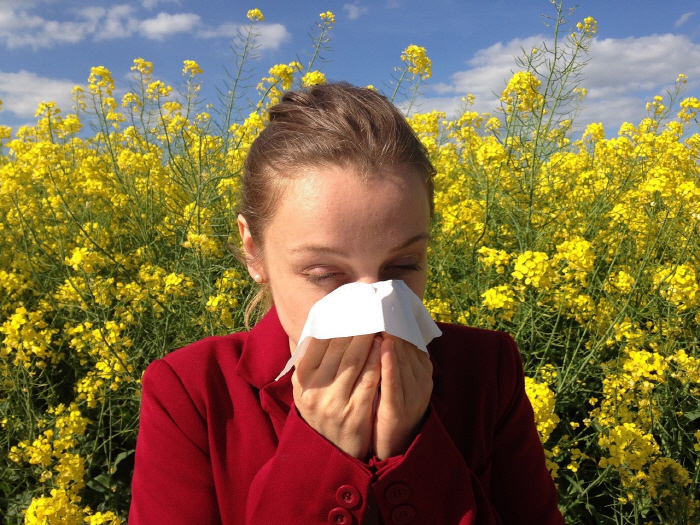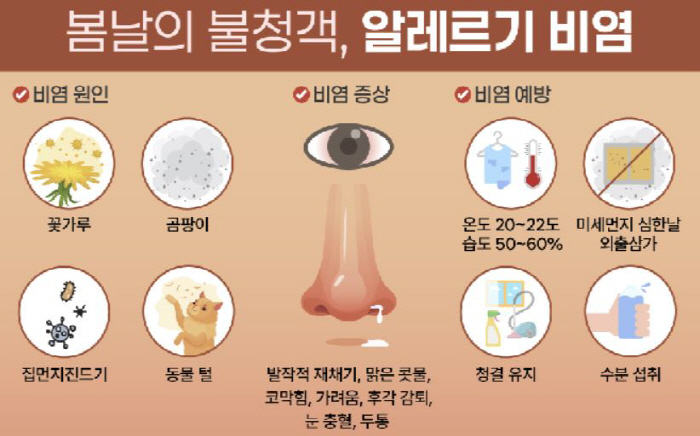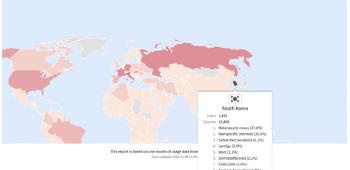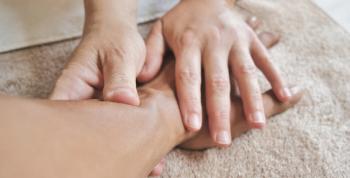Allergic rhinitis warning with itchy nose and runny nose in spring...What about prevention and treatment?
May 13, 2025
|
In fact, according to data from the Health Insurance Review and Assessment Service, the number of allergic rhinitis patients in 2023 reached 900,000 in January and February, respectively, but increased sharply to 1.27 million in March and 1.46 million in April, more than in March. In particular, children aged 0 to 9 account for the largest proportion with 23% of the total.
"Allergic rhinitis is a disease caused by a hypersensitivity reaction of the nasal mucosa to the causative agent (antigen) that causes allergies such as pollen, and if left unattended, it can develop into sinusitis and otitis media, which requires proper treatment and management," said Ryu Chan, a specialist in otolaryngology at H Plus Yangji Hospital.
The main symptoms such as runny nose and sneezing are similar to those of the nose, but the two diseases are different from the cause of the outbreak. Allergic rhinitis occurs when the nasal mucosa overreacts to certain substances. On the other hand, the cause of the nasal cold is the virus.
Allergic rhinitis is mainly characterized by seizure sneezing, clear runny nose, stuffy nose, and itching, along with symptoms such as eye or nose itch, eye congestion, headache, and loss of smell. On the other hand, nose colds are common to have systemic symptoms such as sore throat, body aches, and fever. If you take only cold medicine or leave it unattended, complications or symptoms may worsen, so you should seek professional treatment. If you have a runny nose for more than two weeks or symptoms appear and worsen in certain seasonal environments such as spring, you should suspect allergic rhinitis.
30% of patients with allergic rhinitis may worsen with asthma. As infants grow up, allergic diseases such as rhinitis, asthma, and atopic dermatitis may occur sequentially or in combination, so caution is needed.
Common treatments include nasal steroid sprays and antihistamines, and immunotherapy and surgical therapy to control the immune response by gradually increasing the concentration of the causative allergen (allergic-causing antigen) from a small amount.
Managing the surrounding environment is also important. Cleaning and washing are necessary to remove house dust mites that cause allergies. In addition, you should refrain from using carpets and blankets, and avoid going out on days when pollen is blown, and fine dust is severe. Since a dry environment causes worsening symptoms, it is necessary to maintain an indoor temperature of 20-22 degrees Celsius, humidity of 50 to 60%, and to drink sufficient water.
"Allergic rhinitis is important to identify the exact cause, and allergen is identified by immunoglobulin E test and skin response test, and drug treatment and environmental management appropriate to symptoms are important," said Dr. Ryu Chan.
|
This article was translated by Naver AI translator.















